Hiatal hernia pain on right side. Hiatal Hernia: Symptoms, Causes, and Treatment Options
What are the common symptoms of a hiatal hernia. How is a hiatal hernia diagnosed. What are the treatment options for a hiatal hernia. Can a hiatal hernia cause complications if left untreated. Who is most at risk for developing a hiatal hernia.
What is a Hiatal Hernia?
A hiatal hernia occurs when part of the stomach pushes upward through the diaphragm, the muscular wall separating the chest cavity from the abdomen. Normally, the esophagus passes through a small opening (hiatus) in the diaphragm to connect with the stomach. In a hiatal hernia, the stomach bulges up through this opening into the chest cavity.
There are two main types of hiatal hernias:
- Sliding hiatal hernia: The most common type, where the stomach and the section of the esophagus that joins the stomach slide up into the chest through the hiatus.
- Paraesophageal hiatal hernia: Less common but more serious, where part of the stomach pushes through the hiatus and positions itself next to the esophagus.
Common Symptoms of Hiatal Hernia
Many people with hiatal hernias experience no symptoms at all. However, when symptoms do occur, they often mimic those of gastroesophageal reflux disease (GERD). Common symptoms include:

- Heartburn, especially after meals or when lying down
- Regurgitation of food or sour liquid
- Difficulty swallowing
- Chest or abdominal pain
- Feeling unusually full after meals
- Shortness of breath
- Vomiting of blood or passing of black stools (in severe cases)
Is pain in the upper right abdomen a common symptom of hiatal hernia? While hiatal hernias can cause abdominal discomfort, pain specifically in the upper right quadrant is not typically associated with this condition. If you experience persistent pain in this area, it’s important to consult a healthcare provider to rule out other potential causes.
Causes and Risk Factors for Hiatal Hernia
The exact cause of hiatal hernias is not always clear, but several factors may contribute to their development:
- Age-related changes in the diaphragm
- Injury to the area
- Born with a larger hiatal opening
- Persistent and intense pressure on the surrounding muscles, such as when coughing, vomiting, or straining during bowel movements
Certain risk factors may increase the likelihood of developing a hiatal hernia:

- Age (more common in people over 50)
- Obesity
- Pregnancy
- Smoking
Diagnosing Hiatal Hernia
How is a hiatal hernia typically diagnosed? Healthcare providers may use several methods to diagnose a hiatal hernia:
- Barium swallow: You drink a liquid containing barium, which coats your upper digestive tract and allows it to show up clearly on X-rays.
- Endoscopy: A thin, flexible tube with a camera is passed down your throat to examine your esophagus and stomach.
- CT scan: This imaging test can provide detailed images of your chest and abdomen.
- Manometry: This test measures the strength and muscle coordination of your esophagus when you swallow.
These diagnostic tools help healthcare providers determine the presence and severity of a hiatal hernia, as well as rule out other potential conditions with similar symptoms.
Treatment Options for Hiatal Hernia
What are the available treatment options for hiatal hernia? The treatment approach depends on the severity of symptoms and the type of hernia. For many people with mild symptoms, lifestyle changes and medication may be sufficient:

Lifestyle Modifications
- Eating smaller, more frequent meals
- Avoiding lying down immediately after eating
- Elevating the head of the bed
- Maintaining a healthy weight
- Quitting smoking
- Avoiding trigger foods (e.g., spicy, acidic, or fatty foods)
Medications
- Over-the-counter antacids
- H2 receptor blockers
- Proton pump inhibitors (PPIs)
Surgical Interventions
For severe cases or when conservative treatments fail, surgery may be necessary. Surgical options include:
- Nissen fundoplication: The most common surgical procedure for hiatal hernia, where the top of the stomach is wrapped around the lower esophagus to reinforce the sphincter muscle.
- Laparoscopic repair: A minimally invasive approach using small incisions and a camera to guide the procedure.
Can hiatal hernia surgery be performed robotically? Yes, some medical centers offer robotic-assisted hiatal hernia repair, which provides surgeons with enhanced precision and control during the procedure.
Potential Complications of Untreated Hiatal Hernia
While many hiatal hernias do not cause significant problems, some may lead to complications if left untreated:
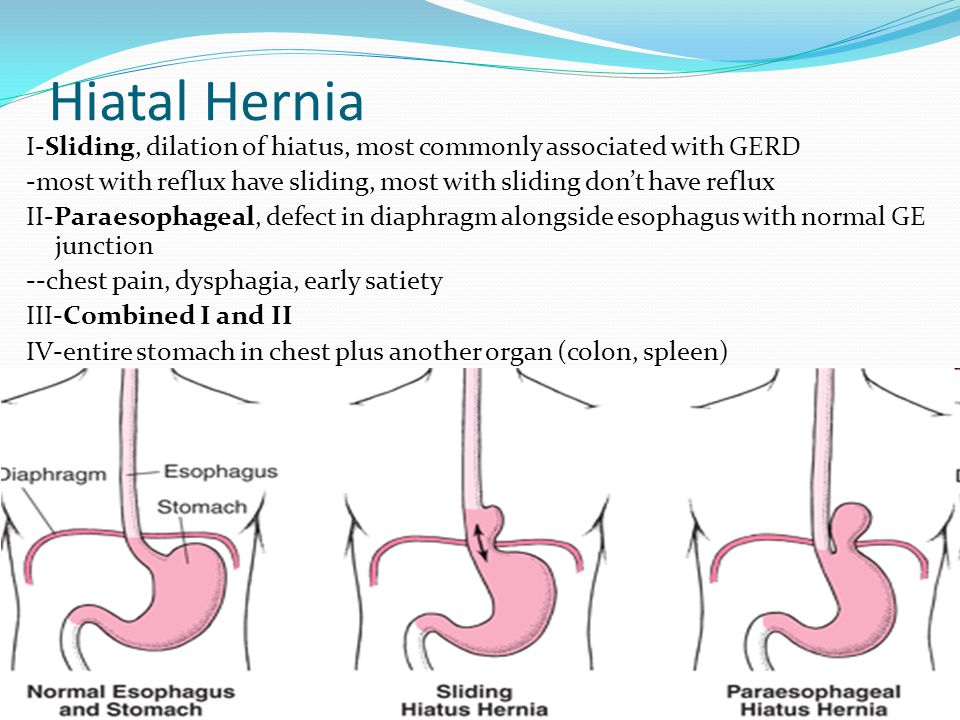
- Chronic GERD: Persistent acid reflux can damage the esophagus over time.
- Barrett’s esophagus: A condition where the lining of the esophagus changes, increasing the risk of esophageal cancer.
- Esophagitis: Inflammation and irritation of the esophagus.
- Esophageal stricture: Narrowing of the esophagus due to scar tissue formation.
- Strangulation: In rare cases, the blood supply to the herniated portion of the stomach may be cut off, requiring emergency surgery.
How often should individuals with hiatal hernias undergo follow-up examinations? The frequency of follow-up visits depends on the severity of symptoms and the individual’s overall health. Your healthcare provider can recommend an appropriate schedule based on your specific situation.
Living with Hiatal Hernia: Tips for Management
For those diagnosed with a hiatal hernia, several strategies can help manage symptoms and improve quality of life:
- Keep a food diary to identify trigger foods
- Practice stress-reduction techniques, as stress can exacerbate symptoms
- Wear loose-fitting clothing to avoid pressure on the abdomen
- Avoid eating close to bedtime
- Stay hydrated, but avoid drinking large amounts of fluid with meals
- Engage in moderate exercise, which can help with weight management and digestion
Are there specific exercises that can help manage hiatal hernia symptoms? While no exercises can directly “cure” a hiatal hernia, certain activities may help strengthen the diaphragm and surrounding muscles. These might include diaphragmatic breathing exercises and gentle yoga poses. Always consult with your healthcare provider before starting any new exercise regimen.
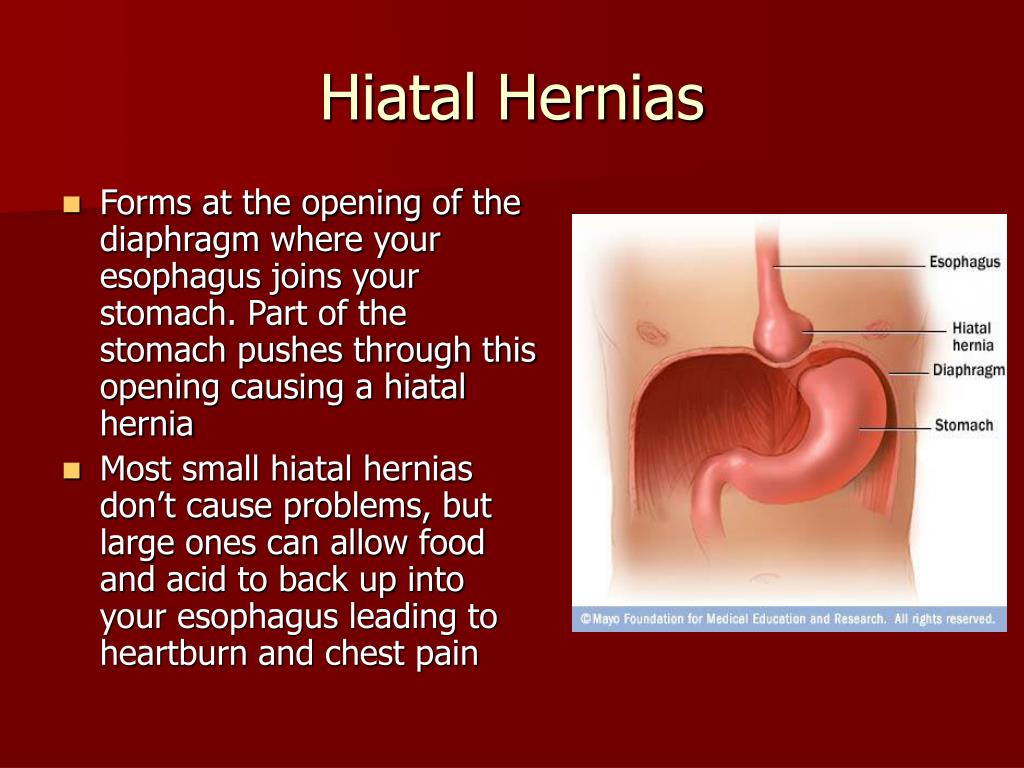
Hiatal Hernia in Special Populations
Certain groups may require special considerations when it comes to hiatal hernias:
Pregnant Women
Pregnancy can increase the risk of developing a hiatal hernia or exacerbate existing ones due to increased abdominal pressure. Management typically focuses on lifestyle modifications and safe medications, as surgery is generally avoided during pregnancy unless absolutely necessary.
Elderly Individuals
Older adults are more prone to hiatal hernias due to weakening muscles and tissues. They may also be at higher risk for complications and may require careful monitoring and tailored treatment plans.
Children
While less common in children, hiatal hernias can occur congenitally or develop later. Pediatric cases often require specialized care and may have different treatment approaches compared to adults.
How does the management of hiatal hernias differ in these special populations? Treatment strategies are often tailored to accommodate the unique needs and risks of each group. For example, medication choices may be limited for pregnant women, while surgical options might be considered more carefully for elderly patients due to potential comorbidities.

Emerging Research and Future Directions
The field of hiatal hernia management is continually evolving, with ongoing research into new diagnostic tools, treatment options, and preventive strategies. Some areas of current interest include:
- Genetic factors that may predispose individuals to hiatal hernias
- Novel surgical techniques, including improved minimally invasive approaches
- The role of the microbiome in GERD and hiatal hernia symptoms
- Potential links between hiatal hernias and other gastrointestinal conditions
What promising new treatments for hiatal hernias are on the horizon? While it’s important to approach emerging treatments with caution until they’ve been thoroughly studied, some areas of investigation include:
- Magnetic sphincter augmentation devices
- Endoscopic therapies for reinforcing the lower esophageal sphincter
- Personalized medicine approaches based on genetic profiles
As research progresses, these and other innovations may offer new hope for individuals struggling with hiatal hernias and their associated symptoms.
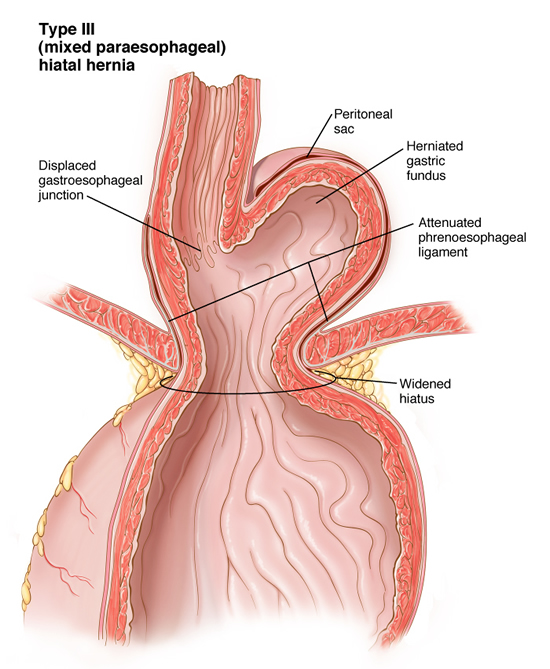
In conclusion, while hiatal hernias can be a source of discomfort and concern for many individuals, understanding the condition, its symptoms, and available treatment options can help in effective management. By working closely with healthcare providers and adopting appropriate lifestyle changes, most people with hiatal hernias can find relief and maintain a good quality of life. As always, it’s crucial to seek medical advice for persistent or concerning symptoms to ensure proper diagnosis and treatment.
Can a Hiatal Hernia Cause Upper Right Abdominal Pain? » Scary Symptoms
Medically reviewed by Santosh Sanagapalli, MD
Right upper abdominal pain is scary because that’s where the liver, pancreas and gallbladder are.
But can a hiatal hernia cause pain in the right upper quadrant of the abdomen?
After all, it would be more reassuring to the sufferer of this pain if it were being caused by a typical hiatal hernia than by liver cancer or pancreatitis.
Many things can cause right upper abdominal pain, including harmless gas bubbles – which can actually be quite painful.
Occasional discomfort in the right upper abdominal area may be caused by muscle spasms or irritated nerves from exercise, or from inflamed cartilage between the ribcage.
Hiatal Hernia and Abdominal Pain
“No, hiatal hernia is not a typical cause of right upper abdominal pain,” says Santosh Sanagapalli, MD, a consultant gastroenterologist, endoscopist and specialist in esophageal disorders.
“There is a much less common type of hiatal hernia that can cause chest and abdominal pain, called a paraesophageal hiatal hernia.
“The pain can be felt in the central chest or in the center of the upper abdomen (epigastric region).
“Such hernias often also cause difficulty swallowing, and are easily diagnosed on endoscopy, CT scan or barium swallow.
“When a paraesophageal hernia is determined to be present and causing such symptoms, it generally needs to be surgically repaired.”
The More Common Hernia
BruceBlau
“The majority of hiatal hernias are asymptomatic, and most patients with hiatal hernias would not even know they have one since they feel well,” says Dr. Sanagapalli.
“The main significance of hiatal hernias is that they predispose to developing GERD (acid reflux) by disrupting and weakening the anti-reflux barrier between the lower esophagus and stomach.
“Therefore, the most common symptoms in patients with a hiatal hernia are heartburn and regurgitation of acidic fluid. Sometimes, chest pain can be a manifestation of GERD in these patients.”
Sometimes, chest pain can be a manifestation of GERD in these patients.”
If you’ve been diagnosed with a hiatal hernia and are experiencing recurring pain in the upper right region of your abdomen, this may very well be another – and unrelated – condition, such as gallstones.
Don’t just assume it’s from the hiatal hernia. Have your doctor order tests to investigate possible causes.
Dr. Sanagapalli is a gastroenterologist and director of the Esophageal Disorders Center at St Vincent’s Hospital, Darlinghurst. He performs diagnostic and therapeutic endoscopic procedures, and enjoys providing comprehensive and holistic care to patients with a wide variety of disorders affecting the gastrointestinal tract.
Lorra Garrick has been covering medical, fitness and cybersecurity topics for many years, having written thousands of articles for print magazines and websites, including as a ghostwriter. She’s also a former ACE-certified personal trainer.
Hiatus hernia – NHS
A hiatus hernia is when part of your stomach moves up into your chest. It’s very common if you’re over 50. It does not normally need treatment if it’s not causing you problems.
Check if you have a hiatus hernia
You can have a hiatus hernia without knowing and without it being a problem.
With a hiatus hernia you may:
- have a painful burning feeling in your chest, often after eating (heartburn)
- bring up small amounts of food or bitter-tasting fluids (acid reflux)
- have bad breath
- burp and feel bloated
- feel or be sick
- have difficulty or pain when swallowing
These are the symptoms of gastro-oesophageal reflux disease (GORD).
Non-urgent advice: See a GP if:
- your symptoms do not go away after 3 weeks
- your symptoms are very bad or getting worse
- medicines from the pharmacy do not help
Urgent advice: Get advice from 111 now if you have indigestion or acid reflux and:
- you have lost weight for no reason
- swallowing becomes difficult
- you’re being sick (vomiting) frequently
- there’s blood in your sick
- you have pain in your upper tummy
111 will tell you what to do. They can arrange a phone call from a nurse or doctor if you need it.
Go to 111. nhs.uk or call 111.
nhs.uk or call 111.
Other ways to get help
Get an urgent GP appointment
A GP may be able to help you.
Ask your GP practice for an urgent appointment.
Treatment for a hiatus hernia
Broadly, treatment follows these steps:
- Change your eating habits, for example, eat smaller, more frequent meals and do other things to help with the symptoms of GORD.
- If you smoke, try to give up, as it can irritate your digestive system and make your symptoms worse.
- Buy medicines from the pharmacy (ask the pharmacist what you should take to help with the symptoms of GORD).
- If medicines from the pharmacy and changing your eating habits do not help, see a GP, who can prescribe stronger medicines.

- If stronger medicines do not work, a GP can send you for further tests to find out if your symptoms are caused by a hiatus hernia. They might also prescribe medicines for long-term GORD.
- A GP might refer you to a specialist to check if you need surgery. This usually only happens if other treatments have not worked and you keep having very bad symptoms.
Surgery for a hiatus hernia
Keyhole surgery (also called a Laparoscopy) is usually used for a hiatus hernia. This involves making small cuts in your tummy (abdomen).
It’s done under general anaesthetic, so you’ll be asleep during the operation.
After surgery, it usually takes:
- 2 to 3 days to go home
- 3 to 6 weeks to go back to work
- 6 weeks before you can eat what you want
- a few months to recover from side effects like bloating, burping, farting and difficulty swallowing
There’s a small risk (about 1 in 100) that your side effects will not go away and you’ll need more surgery.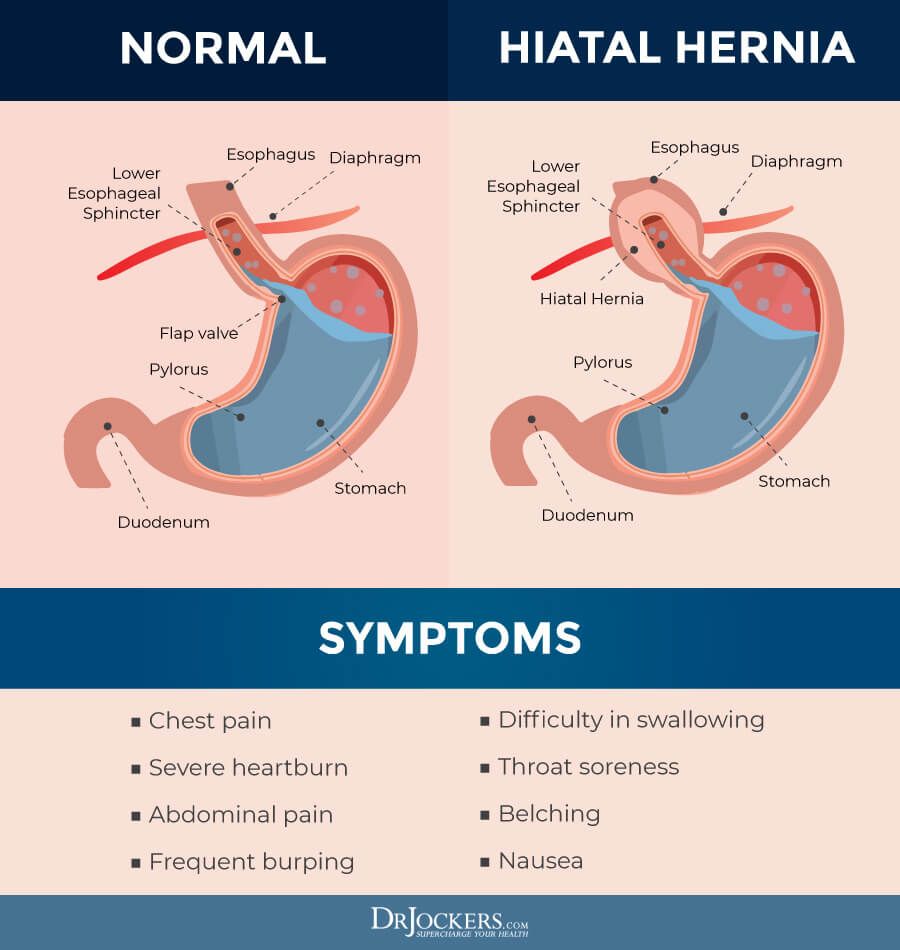
What causes a hiatus hernia
It’s not clear what causes a hiatus hernia. Anyone can have one, but it’s more common if you’re over 50, pregnant or overweight.
Page last reviewed: 01 April 2021
Next review due: 01 April 2024
Why does a hernia occur and how to cure it?
It is commonly believed that hernias are caused by exercising too intensely or by lifting weights. In this article, we will understand what a hernia is and what factors actually provoke its appearance.
Contents
- What is a hernia?
- Hernia symptoms
- Causes of hernia
- Diagnostics
- Treatment
Atlas has been researching DNA since 2013. We create opportunities for health management, relying only on scientifically proven facts.
Atlas Genetic Tests – the ability to assess the impact of genetics on health and get personalized recommendations for nutrition, lifestyle, research and doctors.
What is a hernia?
A hernia is a protrusion through a hole in the tissues of an internal organ from a cavity that it normally occupies.
The organ may protrude under the skin, into spaces between muscles, or into body cavities.
Source: wikipedia
There are many types of hernias. They are classified depending on the location. The following are most common:
- Inguinal hernia is a protrusion of the peritoneum (the thin membrane covering the inner walls of the abdominal cavity) into the inguinal canal. In this case, the peritoneum forms the so-called “hernial sac”, into which organs from the abdominal cavity can enter. Inguinal hernia is much more common in men (27% risk), but women can also be affected (3% risk).
- Femoral hernia , unlike inguinal hernia, is more common in women, especially pregnant or obese patients. The main difference between a femoral hernia and an inguinal hernia is its location.
 It is located below the inguinal ligament, in the area of the femoro-inguinal fold. Inguinal hernia, on the contrary, is located above the inguinal ligament.
It is located below the inguinal ligament, in the area of the femoro-inguinal fold. Inguinal hernia, on the contrary, is located above the inguinal ligament. - Umbilical hernia – protrusion of part of the small intestine through the structures of the umbilical ring. This hernia is common in infants, but also affects overweight women or those who have had multiple pregnancies.
- Hiatal hernia or hiatal hernia. In this case, part of the stomach exits through a hole in the diaphragm, the thin layer of muscle that separates the chest from the abdomen.
- Herniated disc is a protrusion of the nucleus of the intervertebral disc into the spinal canal. The intervertebral disc consists of an inner part – the nucleus of a gelatinous consistency – and an outer part – a dense fibrous ring. With a hernia of the spine, the integrity of the fibrous ring is violated, due to which part of the nucleus comes out.
The most common types of hernias are listed above, but there are others : postoperative, epigastric (when organs protrude between the sternum and navel), hernias of the Spigelian line of the abdomen (protrusion of organs just below the navel, to the right and left of it), muscular hernias .
Symptoms of a hernia
As a rule, a hernia is clearly visible : it is a bump or “bump” on the body, and sometimes it can be “set”, that is, pressed back, and in some cases it can disappear when the patient lies down .
The hernia reappears when coughing, laughing, straining during bowel movements or physical activity.
Other symptoms of a hernia include:
- swelling (for example, in an inguinal hernia – in the groin or scrotum),
- constant pain at the site of the protrusion,
- pain when lifting weights,
- feeling full stomach or bowel obstruction.
It is important to note that hiatal hernia (hiatal) may not be visible externally – there are no “bumps” or bulges on the body. Instead, symptoms may include heartburn, indigestion, difficulty swallowing, belching, or chest pain.
In the case of a herniated disc, the main symptom is pain .
Hernia pain usually occurs in the cervical or lumbar spine, and only on one side of the body. The pain may radiate to the leg (up to the foot) or to the shoulder and arm.
Also possible are numbness and tingling in the arms and legs, as well as loss of physical strength (up to the point that a person may start to stumble).
In addition, a hernia may be accompanied by a complication – pinching . This is a compression of the internal organ in the hole through which it protruded.
Pinching can lead to circulatory problems and, consequently, tissue necrosis. This complication requires urgent surgical intervention.
Symptoms of infringement:
- sharp and rapidly increasing pain,
- nausea,
- vomiting,
- inability to empty the bowels.
The hernia itself can become hard. These symptoms are a reason for immediate medical attention.
Causes of hernias
Due to the variety of types of hernias, it is impossible to form a single list of causes of their occurrence.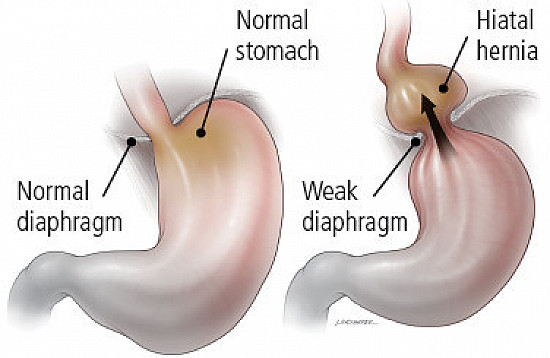 In general, the appearance of a hernia requires the presence of predisposing factors and conditions that directly lead to rupture of muscles and tissues and, as a result, protrusion of the organ.
In general, the appearance of a hernia requires the presence of predisposing factors and conditions that directly lead to rupture of muscles and tissues and, as a result, protrusion of the organ.
Predisposing factors include:
1) Genetics . Scientists have found that the predisposition to certain types of hernias is inherited. These include, for example, an inguinal hernia or a hernia of the spine.
Genetic variants in the WT1, EFEMP1, EBF2 and ADAMTS6 genes are associated with the risk of inguinal hernia.
The WT1 and EFEMP1 genes regulate the work of enzymes that break down collagen and elastin, the main components of connective tissue that provide its strength and elasticity.
A gene ADAMTS6 promotes the formation of collagen from its precursor procollagen.
The Atlas Genetic Test can identify combinations of gene variants that increase the risk of inguinal hernia.
Mutations in the ZFPM2, SOX7, GATA6, MYRF, NR2F2, KIF7, GLI3, PBX1, SLIT3, ROBO1, GPC3, NDST1, FREM1, FRAS1, FREM2 genes are associated with the risk of diaphragmatic hernia.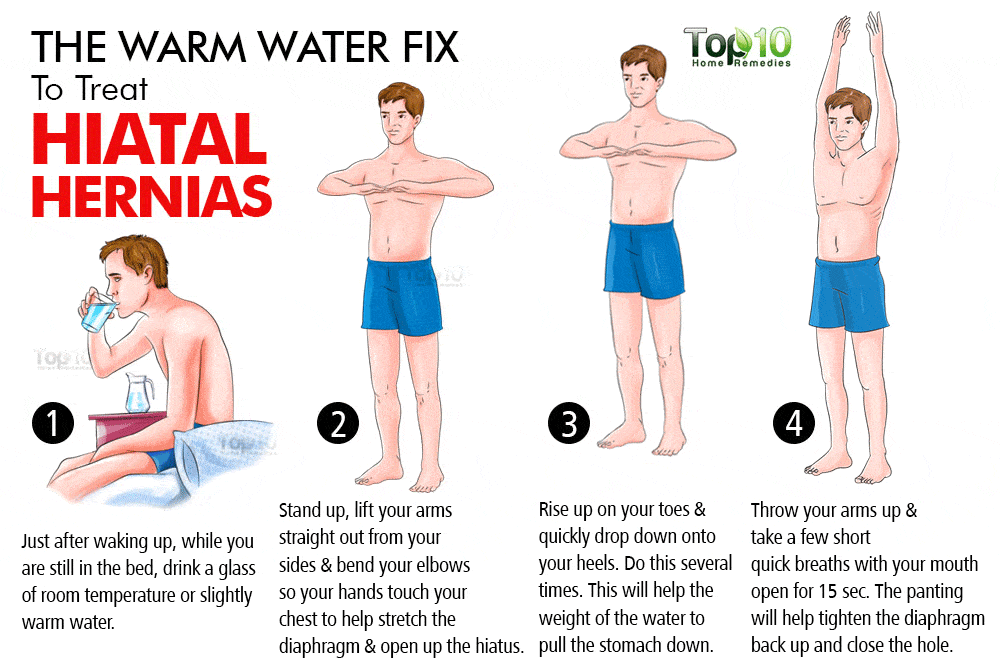
2) Increased physical activity . We are talking about regular intense sports or physical labor, which damage and weaken muscles, accelerate the destruction of intervertebral discs.
3) Age . Although a hernia can occur at any age (for example, umbilical hernias are common in infants), the risk of developing some types of hernia increases as a person ages.
For example, inguinal hernias most often appear either before the age of one year or after the age of 55.
In general, the older a person, the weaker his muscles, and therefore, the higher the likelihood of damage and rupture.
4) Overweight or underweight .
5) Adverse lifestyle factors : smoking, alcohol abuse.
However, there are not enough predisposing factors to cause a hernia. In order for a gap to appear in a muscle or other tissue (already weakened for the reasons listed), a certain “push” is needed.
Such an event could be a sudden increase in load or pressure on the affected organ, such as heavy lifting, prolonged diarrhea or severe coughing.
Diagnosis
Usually a doctor can make a diagnosis based on the examination of the patient.
If necessary, to confirm the diagnosis or to better understand the condition of the hernia, the specialist may prescribe additional examinations:
- ultrasound,
- computed tomography,
- magnetic resonance imaging (in case of a herniated disc).
Hernia treatment
Hernia cannot go away on its own, so the only way to get rid of it is surgical treatment.
Hernia removal can be done either by traditional surgery or by laparoscopy, a minimally invasive surgery performed through a small incision using special instruments.
However, surgery is not always necessary. If the hernia is small and “does not grow”, and there are no pinched internal organs, then the doctor may advise you to simply observe it. In this case, it is important to really monitor the condition of the hernia and, if there are signs of deterioration, contact a specialist again.
In this case, it is important to really monitor the condition of the hernia and, if there are signs of deterioration, contact a specialist again.
For example, an inguinal or femoral hernia that is not removed in time can lead to a number of complications and can lead to intestinal entrapment. Because of this, its blood supply is disrupted and obstruction occurs – in this case, emergency hospitalization and surgery will be required.
More similar blog articles Atlas:
- Osteochondrosis: where does it hurt and how to treat it?
- Osteoporosis: how and why do bones become brittle?
- Cleveland Clinic, Hernia, 2018
- WebMD, Understanding Hernia – the Basics, 2021
- Frontiers in Surgery, Etiology of Inguinal Hernias: A Comprehensive Review, 2017
- National Health Service, Hernia, 2019
- Mayo Clinic, Herniated disk, 2019
Ryazan State Medical University named after academician I.
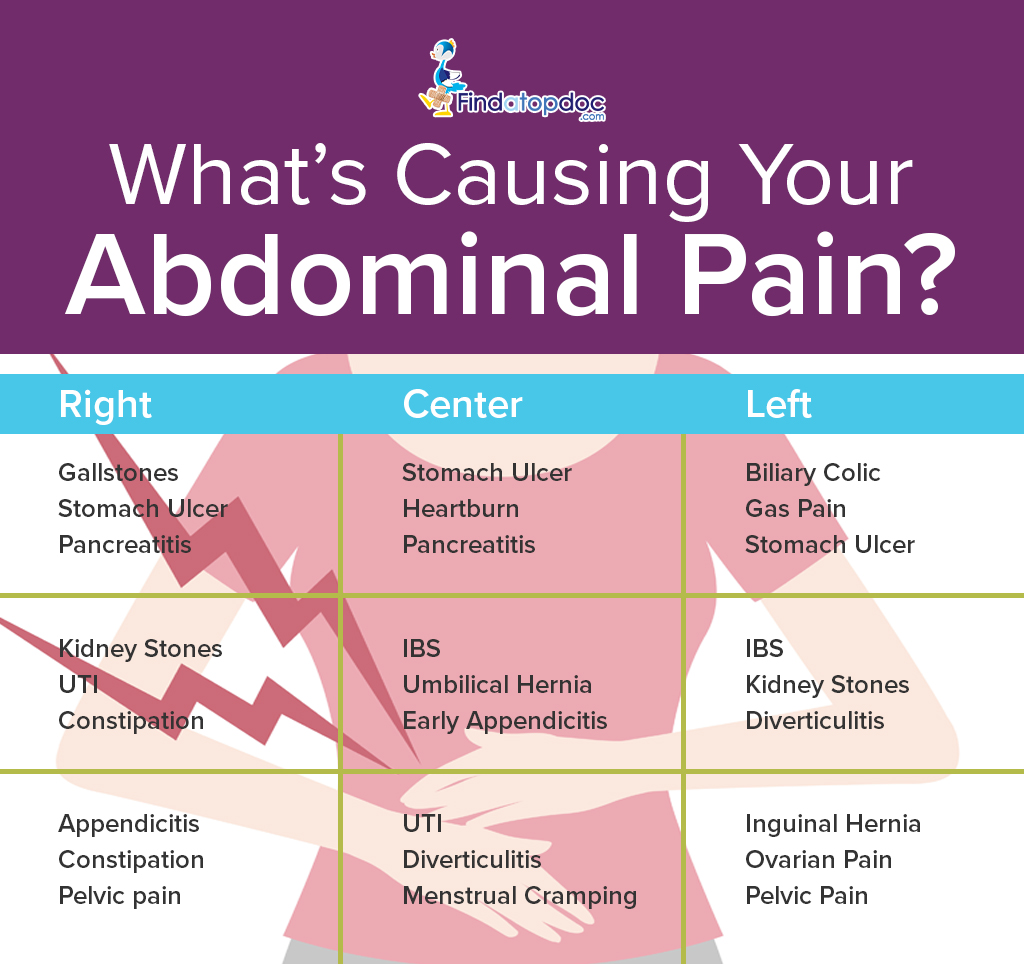 P. Pavlov
P. Pavlov
Ryazan State Medical University named after academician I.P. Pavlov – official site
Reception Committee +7 (4912) 97-18-48
Reception Committee +7 (4912) 97-18-48
Reception Committee +7 (4912) 97-18-48
Reception Committee +7 (4912) 97-18-48
Reception Committee +7 (4912) 97-18-48
Reception Committee +7 (4912) 97-18-48
Reception Committee +7 (4912) 97-18-48
Reception Committee +7 (4912) 97-18-48
Reception Committee +7 (4912) 97-18-48
Reception Committee +7 (4912) 97-18-48
Additional vocational education (4912) 97-18-37
Additional vocational education (4912) 97-18-37
Additional vocational education (4912) 97-18-37
Additional vocational education (4912) 97-18-37
Additional professional education (4912) 97-18-37
Additional professional education (4912) 97-18-37
Additional professional education (4912) 97-18-37
Additional professional education (4912) 97-18-37
Additional e professional education (4912) 97-18-37
Additional professional education (4912) 97-18-37
University in ratings
University in ratings
University in ratings
University in ratings
University in rankings
University in rankings
University in rankings
University in rankings
University in rankings
University in rankings
Science news at Ryazan State Medical University
Science news at RyazGMU
Science news at RyazSMU
Science news in RyazGMU
Science news in RyazGMU
Science news in RyazGMU
Science news in RyazGMU
Science news in RyazGMU
Science news at RyazSMU
Science news at RyazSMU
05/30/2023
Admission campaign – 2023
On our website in the section Home / Applicants / Applicants (specialist / bachelor / master) there is a video that details the rules for admission to Ryazan State Medical University.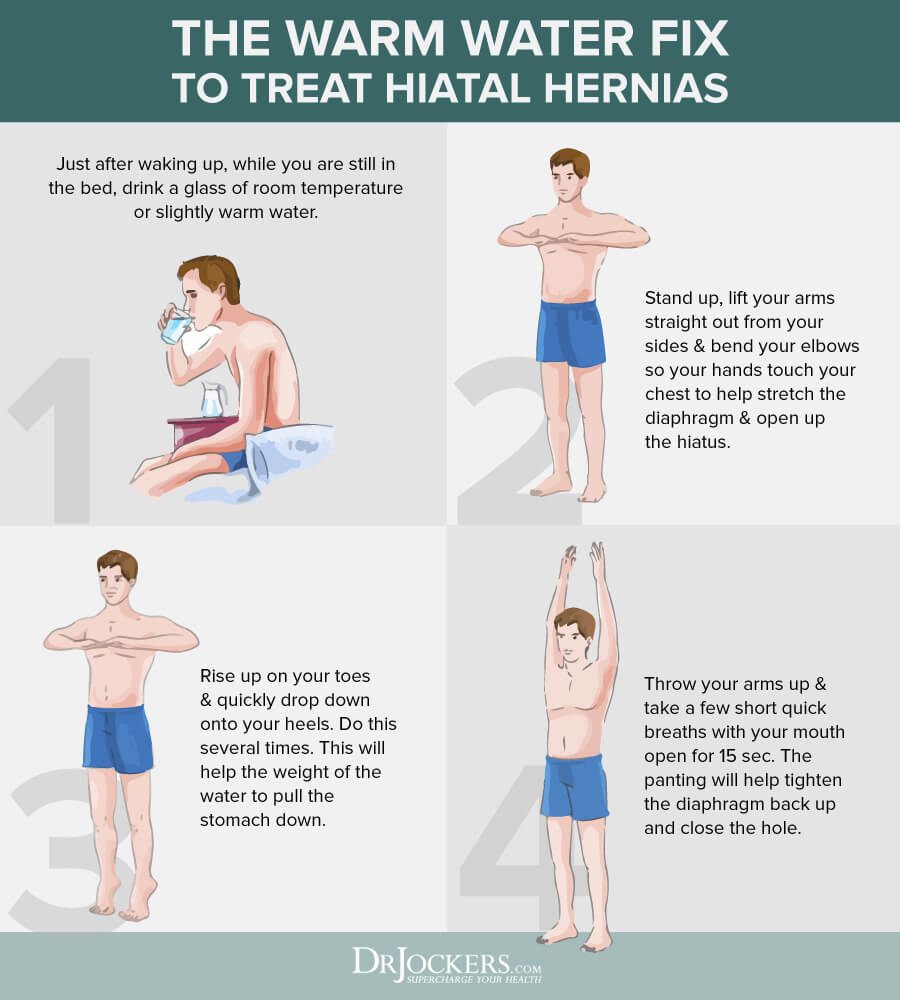
05/25/2023
Intensive courses to prepare for entrance examinations
We invite you, dear applicants, to take intensive courses to prepare for the entrance exams, conducted by the university itself.
06/27/2023
Springboard to Science – 2023
Ryazan State Medical University student winner of the All-Russian Festival of Youth Science “Springboard to Science – 2023”
06/27/2023
Interested in something important
Students of the Ryazan State Medical University took part in the All-Russian Job Fair, which was held on the basis of the space “BOILING POINT”
06/26/2023
Keep evolving every day
Today, June 26, a celebration was held for graduates of the Faculty of Secondary Vocational Education and Undergraduate Studies.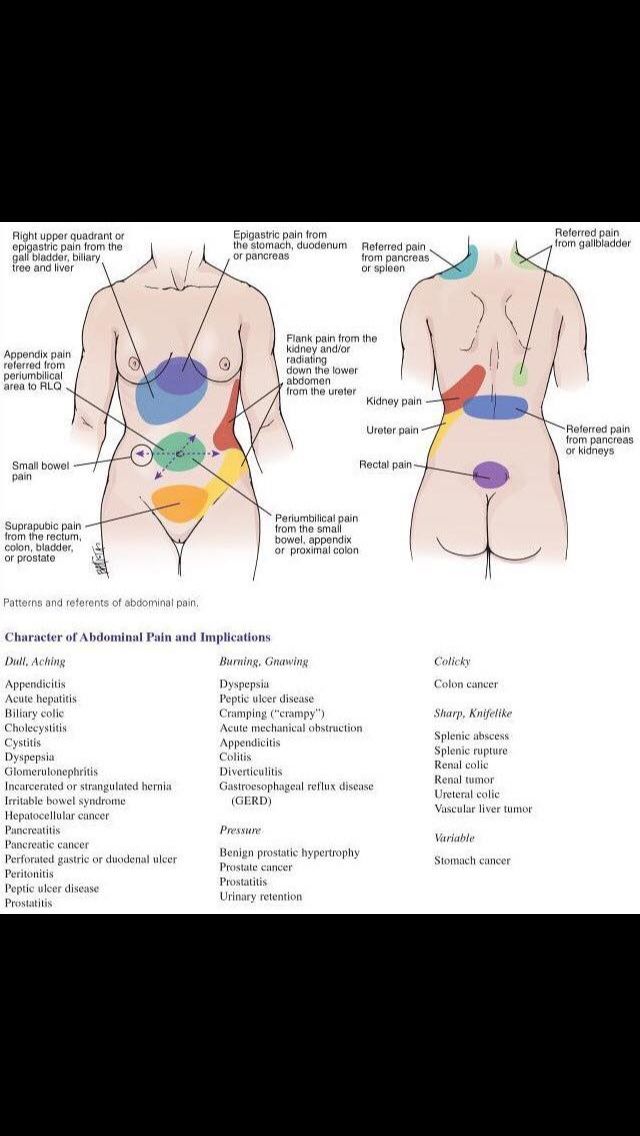 Specialized in Nursing. SPO” and “General Medicine. SPO” and in the direction of training “Nursing” the level of bachelor’s degree. This year, 70 graduates received diplomas in the above specialties and areas.
Specialized in Nursing. SPO” and “General Medicine. SPO” and in the direction of training “Nursing” the level of bachelor’s degree. This year, 70 graduates received diplomas in the above specialties and areas.
06/26/2023
RyazGMU employees were awarded honorary titles
A solemn meeting was held in the Government of the Ryazan region, timed to coincide with the Day of the Inventor and Innovator.
06/26/2023
Conference of oncologists
The new oncological dispensary hosted the Interregional Scientific and Practical Conference “Innovative Approaches to the Diagnosis and Treatment of Cancer”.
conferences
06/26/2023
Presentation of diplomas of education
Graduation ceremony of 129 students was held at the Ryazan State Medical Universityforeign students who have received higher education in the field of medicine.
06/23/2023
An important aspect in matters of demography
The scientific-practical conference “Actual issues of obstetrics and neonatology” was held at the Education Development Center of the Ryazan State Medical University.
conferences
06/23/2023
Environmental Initiative
Mini-containers for separate collection of recyclables appeared in RyazGMU.
News
14.02.2023
WE TELL YOU WHO IS ALREADY AVAILABLE ONLINE PAYMENT FOR TRAINING IN RYAZGMU
Now all students of the FDPO RyazGMU can pay for training without leaving their homes. You can pay online and without commission using the new service pay.rzgmu.ru
You can pay online and without commission using the new service pay.rzgmu.ru
09/23/2022
News FDPO RyazGMU
04/04/2023
Course “PSYCHOLOGICAL METHODS OF WORK WITH THE CONSEQUENCES OF PSYCHOTRAUFUL EVENTS”
Additional professional advanced training program “Psychological methods of working with the consequences of traumatic events” was developed for specialists with a psychological education.
02/28/2023
SWIMMING IN THE MEDICAL SENSE IS USEFUL FOR ABSOLUTELY EVERYONE
Why – says Valery Grigorievich Demikhov, Doctor of Medical Sciences, Professor, Director of the Scientific and Clinical Center for Hematology, Oncology and Immunology, Ryazan State Medical University of the Ministry of Health of Russia
22. 02.2023
02.2023
DEPARTURE TO THE NOVOMOSKOVSK CITY CLINICAL HOSPITAL
On February 16, a visit to the State Healthcare Institution “Novomoskovsk City Clinical Hospital” took place. On behalf of the Ministry of Health of the Tula region, tests were prepared to assess the knowledge of obstetrician-gynecologists. Head of the Department of Obstetrics and Gynecology of the Ryazan State Medical University Kovalenko M.S. and Dean of the FDPO RyazGMU Maksimtseva E.A. tested 21 specialists of the State Healthcare Institution “NGCH” and conducted a clinical tour of the departments of branch No. 2 of the State Health Institution “NGCH” together with the Deputy Chief Physician for Obstetrics and Gynecology Breus E.V. and department staff.
22.02.2023
TRAINING UNDER THE PROGRAM “NURSING IN PEDIATRICS” IS COMPLETED
On February 16, the 144-hour advanced training program “Nursing in Pediatrics” ended. During the training, nurses in the Ryazan region improved their knowledge and skills in nursing care for a healthy and sick child with infectious and somatic pathology, prevention of somatic and infectious pathology in childhood in accordance with the regulatory framework, professional standards and clinical recommendations.
During the training, nurses in the Ryazan region improved their knowledge and skills in nursing care for a healthy and sick child with infectious and somatic pathology, prevention of somatic and infectious pathology in childhood in accordance with the regulatory framework, professional standards and clinical recommendations.
02/16/2023
WetLab
02/14/2023
BASIC EMERGENCY FIRST AID COURSE
02/14/2023
COURSE “METHODS OF NON-TEST PSYCHODIAGNOSIS OF PERSONALITY”
27. 09.2022
09.2022
Russian as a foreign language (speech practice course)
FDPO
06/20/2023
INTESTINAL OBSTRUCTION IN CHILDREN OVER THE NEWBORN PERIOD
Dear Colleagues! We invite you to the scientific and educational school “Intestinal obstruction in children older than the neonatal period”, which will be held on June 23, 2023. The event will discuss topical issues of diagnosis, treatment and tactics of the surgeon in intestinal obstruction in children.
06/20/2023
SCIENTIFIC AND PRACTICAL CONFERENCE
High-profile specialists in the field of neonatology and obstetrics will make presentations on June 23, 2023 at the Ryazan State Medical University.
06/15/2023
Learning to write dissertations
The Council of Young Scientists of the Ryazan State Medical University will hold a meeting for graduate students, applicants and young scientists with Doctor of Medical Sciences Professor Elena Nikolaevna Yakusheva
09. 06.2023
06.2023
Conference of psychologists
We invite you to take part in the student scientific and practical conference “Formation of professional research competence of future clinical psychologists”
06/02/2023
I Congress of Therapists of the Central Federal District
8-9June at the Ryazan State Medical University will host a forum focused on practical healthcare professionals. The organizers are RNMOT, the Ministry of Health of the Ryazan Region and the Ryazan State Medical University.
06/02/2023
In June, the second cycle of training “Fundamentals of Kinesiology Taping” starts
The cycle is intended for everyone, regardless of the presence or absence of a medical education. Listeners have the opportunity to get or improve the skill of using elastic bands, to learn everything or almost everything about teips!
Listeners have the opportunity to get or improve the skill of using elastic bands, to learn everything or almost everything about teips!
29.05.2023
Physical and Rehabilitation Medicine in Pediatrics
On June 3, 2023, the University will host the Interregional Scientific and Practical Conference “Physical and Rehabilitation Medicine in Pediatrics”. Beginning at 10.00 in the hall of the Academic Council, at the address: Ryazan, st. Vysokovoltnaya, d. 7, bldg. 1, 4th floor.
05/25/2023
Mental health service: achievements and prospects
We invite you to take part in the IX Interregional Scientific and Practical Conference “Mental Health Service: Achievements and Prospects.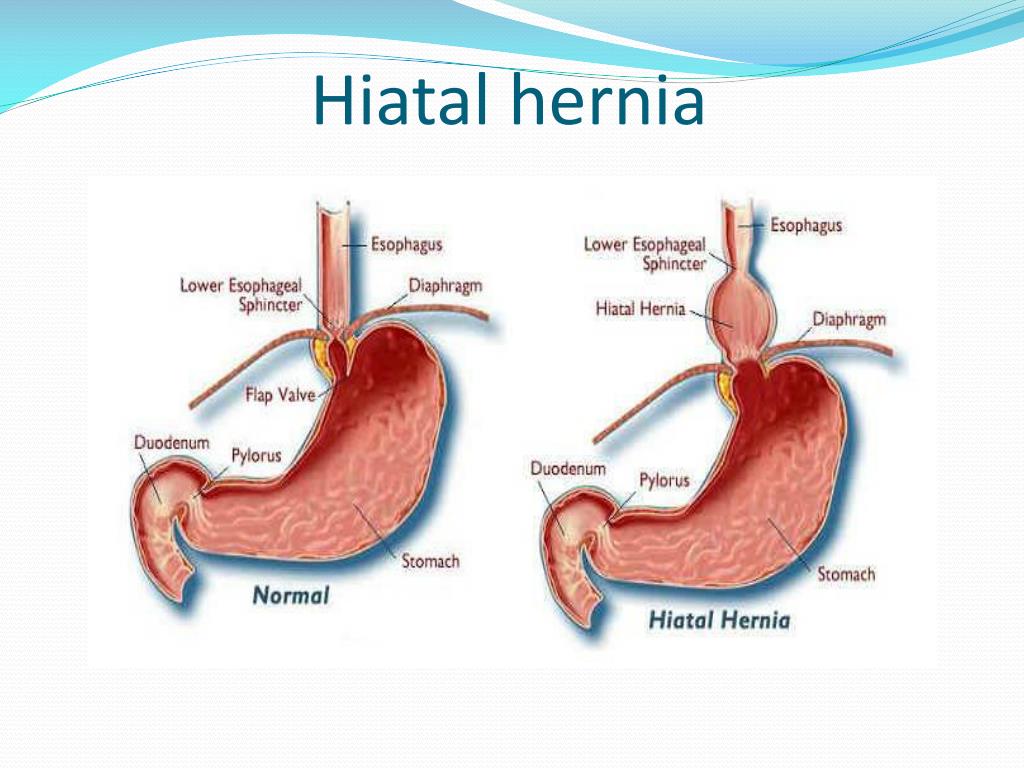 Dedicated to the 135th anniversary of the Ryazan Regional Clinical Psychiatric Hospital. N.N. Bazhenov”, which will be held on June 2, 2023 on the basis of the Ryazan Regional Clinical Psychiatric Hospital. Bazhenova N.N.
Dedicated to the 135th anniversary of the Ryazan Regional Clinical Psychiatric Hospital. N.N. Bazhenov”, which will be held on June 2, 2023 on the basis of the Ryazan Regional Clinical Psychiatric Hospital. Bazhenova N.N.
05/22/2023
WE INVITE YOU TO READ THE PROGRAM OF THE CONFERENCE “TOPICAL ISSUES OF THERAPY AND GENERAL MEDICAL PRACTICE”
05/18/2023
To the attention of graduates, students and residents!
The annual large-scale event at the Ryazan Medical University – Job Fair 2023 – will be held on Tuesday, May 23 at 11 am in the foyer of the first and second floors of the medical and preventive building (Vysokovoltnaya st.

/paraesophageal-hiatal-hernia-1742602_final-3150b1361ef748b8bb0a38f46cae6fb5.jpg)
 It is located below the inguinal ligament, in the area of the femoro-inguinal fold. Inguinal hernia, on the contrary, is located above the inguinal ligament.
It is located below the inguinal ligament, in the area of the femoro-inguinal fold. Inguinal hernia, on the contrary, is located above the inguinal ligament.